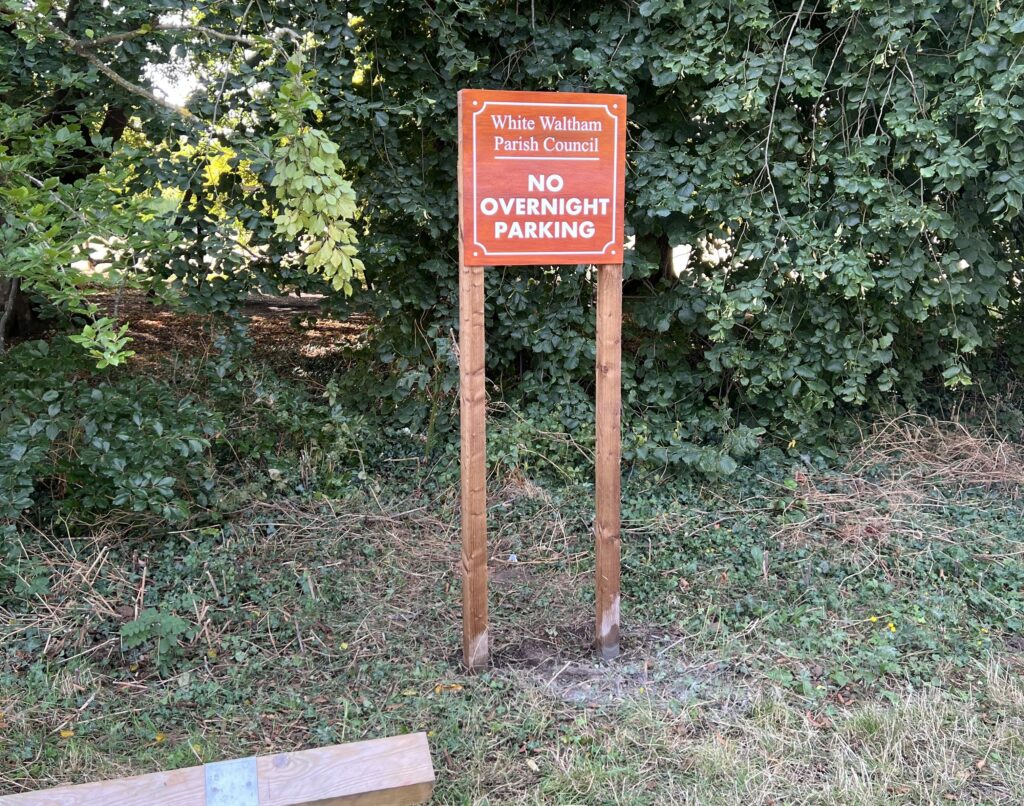- 01628 823934
- clerk@wwpc.co.uk
- Mon - Fri : 9:00 - 16:00
On a regular basis, the Church uses the Gilchrist Thomas Village Hall for fundraising events enjoyed by all. Built on the very northern edge of the Parish, this Hall is busy with other parties, courses and village events, while doubling as the very successful Littlewick Green Cricket Club’s pavilion.
Completing the four cornerstones of Littlewick Green life, is a Montessori school (in the original village school) and, of course, the increasingly popular Cricketers pub. It’s past as an ale house may be lost in the mists of time, but it is often the final gathering place after events in the village, if not in fact, the start!
These cornerstones are key for the villagers who live in the houses, from all eras, which cluster around the cricket pitch and outlying greens, and are owned and managed by White Waltham Parish Council.
Much of the village is a conservation area and The Conservation Area Appraisal of Littlewick , issued by the Royal Borough of Windsor and Maidenhead, is a useful source of historical and conservation information.
Woolley Green is a hamlet including Cherry Garden Lane, Breadcroft Lane and The Thicket and made up of several historic and listed buildings interspersed with more recent development. The village developed to support a medieval hall house and contains many old houses forming a mix of old farm workers cottages, the village bakery and the wheelwright. The original village well still exists (now on private land).
In the 17th century, Woolley Green expanded with Woolley Firs farm, followed by Woolley Hall and Woolley Grange in the 18th century. Woolley Hall and Woolley Grange (now Fiennes Park) have now been converted into housing. Woolley Firs is now operated as a local wildlife reserve and education centre by the BBOWT wildlife trust.

Parking at the copse at Littlewick Green is limited and should therefore be used considerately to make best use of the spaces available for the people who need to use them. These spaces are not intended to be used for overnight or long-term parking as it restricts availability for events at Gilchrist Hall and other activities around the green. Commercial vehicles and vans should not be parked here.
Guidelines we would ask you to follow include: